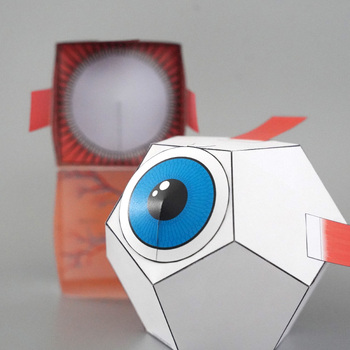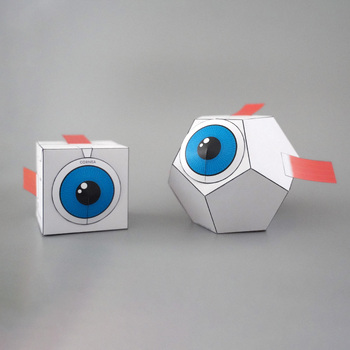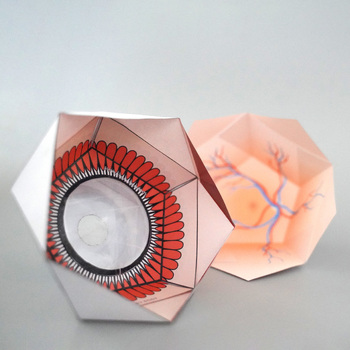BIG Eyeball Model + Dissection (with Eye Anatomy Diagrams & Vocabulary Key)
Chuck-Ken Science
63 Followers
Resource Type
Standards
NGSS4-LS1-1
NGSSMS-LS1-3
NGSSHS-LS1-2
NGSS4-LS1-2
Formats Included
- Zip
Chuck-Ken Science
63 Followers
Description
BIG Eyeball Model + Dissection features large parts that are easy to cut out and assemble. With easy to read labels (and vocabulary sheet with simple definitions) this is a great learning tool to study the anatomy of the eye and how it works. More importantly the BIG Eyeball Model is just FUN!!!
The paper dissection serves as an alternative or complement to traditional dissections. Additionally, two versions (with templates for making transparent cornea and lenses) allows for easy differentiation in the classroom.
Features:
- Two Versions for Differentiated Instruction
- Templates for Clear Cornea & Lens
- Color and Black & White Versions
- Labeled and Unlabeled Versions
- Anatomy Vocabulary Sheet
- Anatomy Diagrams
Total Pages
Answer Key
N/A
Teaching Duration
N/A
Report this resource to TPT
Reported resources will be reviewed by our team. Report this resource to let us know if this resource violates TPT’s content guidelines.
Standards
to see state-specific standards (only available in the US).
NGSS4-LS1-1
Construct an argument that plants and animals have internal and external structures that function to support survival, growth, behavior, and reproduction. Examples of structures could include thorns, stems, roots, colored petals, heart, stomach, lung, brain, and skin. Assessment is limited to macroscopic structures within plant and animal systems.
NGSSMS-LS1-3
Use argument supported by evidence for how the body is a system of interacting subsystems composed of groups of cells. Emphasis is on the conceptual understanding that cells form tissues and tissues form organs specialized for particular body functions. Examples could include the interaction of subsystems within a system and the normal functioning of those systems. Assessment does not include the mechanism of one body system independent of others. Assessment is limited to the circulatory, excretory, digestive, respiratory, muscular, and nervous systems.
NGSSHS-LS1-2
Develop and use a model to illustrate the hierarchical organization of interacting systems that provide specific functions within multicellular organisms. Emphasis is on functions at the organism system level such as nutrient uptake, water delivery, and organism movement in response to neural stimuli. An example of an interacting system could be an artery depending on the proper function of elastic tissue and smooth muscle to regulate and deliver the proper amount of blood within the circulatory system. Assessment does not include interactions and functions at the molecular or chemical reaction level.
NGSS4-LS1-2
Use a model to describe that animals receive different types of information through their senses, process the information in their brain, and respond to the information in different ways. Emphasis is on systems of information transfer. Assessment does not include the mechanisms by which the brain stores and recalls information or the mechanisms of how sensory receptors function.





